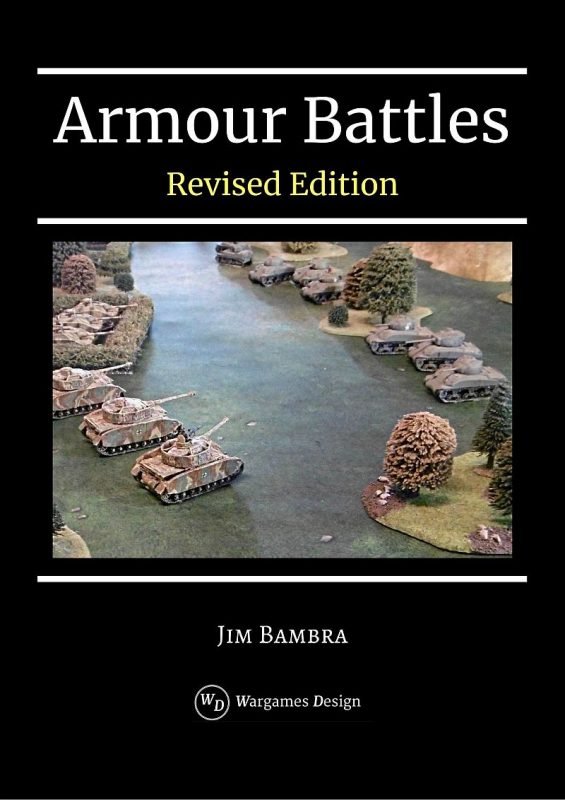 I started thinking about time in a tabletop game. By using Command Dice to issue orders, I’m effectively saying that each one is equivalent to a slice of time. If I have four Command Dice, I’ve got four time slices. If I have six Command dice, I have six time slices. Or 50% more time than with four. A Command Dice is my opportunity to act – a chance for me to direct my army. The more Command Dice I have, the more time I have to issue orders. Unfortunately, the more I have, the more time my opponent spends waiting for me to finish.
I started thinking about time in a tabletop game. By using Command Dice to issue orders, I’m effectively saying that each one is equivalent to a slice of time. If I have four Command Dice, I’ve got four time slices. If I have six Command dice, I have six time slices. Or 50% more time than with four. A Command Dice is my opportunity to act – a chance for me to direct my army. The more Command Dice I have, the more time I have to issue orders. Unfortunately, the more I have, the more time my opponent spends waiting for me to finish.
The concept of Dice Chains had been part of the initial design and are used to determine whether you could issue multiple move orders. As Command Dice represented time, could they be used to drive the turn sequence? Could players alternate using Dice Chains?
 The first test went really well. The game had the interactivity I was after. Because both players roll their Command Dice at the same time, the first Command Pulse goes to the player who rolls the most 6s, or 5s, etc. He then gets to pick a Dice Chain. How he uses the Chain is up to him: he can issue single orders, multiple orders or restock his Staff Orders. Once he’s used a Dice Chain, it’s his opponent’s Command Pulse. Players continue alternating Command Pulses until all Command Dice have been used. You can coordinate attacks by selecting a large Dice Chain, and you can use Wild Dice to increase it, and you can increase it further by spending Staff Orders. Or you could just pass the initiative to your opponent after playing a single Dice Chain.
The first test went really well. The game had the interactivity I was after. Because both players roll their Command Dice at the same time, the first Command Pulse goes to the player who rolls the most 6s, or 5s, etc. He then gets to pick a Dice Chain. How he uses the Chain is up to him: he can issue single orders, multiple orders or restock his Staff Orders. Once he’s used a Dice Chain, it’s his opponent’s Command Pulse. Players continue alternating Command Pulses until all Command Dice have been used. You can coordinate attacks by selecting a large Dice Chain, and you can use Wild Dice to increase it, and you can increase it further by spending Staff Orders. Or you could just pass the initiative to your opponent after playing a single Dice Chain.
The turn sequence now had elements of cat and mouse play. When do you make your big move? Do you go all out and attack at the start of the turn, or do you whittle away at your opponent first? Command Pulses are variable: some are short with only one dice. Occasionally you get to play all of your dice in one go if you roll a lot of 6s or dice of the same number. If you roll a Command Failure, you give all your 1s to your opponent who now uses them as Wild Dice. It’s painful, but it’s not a game winner in itself; the game pulses backwards and forwards.
Opportunity fire dovetailed into the rules perfectly. When a unit fires it is marked with a fire marker that prevents it from firing again until next turn. Do you want to respond and fire now, or wait until your Command Pulse? Spoiler attacks become possible. You can blunt an opponent’s potential attack by targeting it before it begins: if he uses opportunity fire, he can’t fire again until next turn; if he decides to hold his fire, you might be able to suppress his units and force them back. As opportunity fire is effectively “free” any troops holding defensive positions don’t cost you any Command Dice. You can concentrate Command Dice for attacks, or convert them into Staff Orders for later use.
The disruption rules were changed to become suppression. A suppressed unit cannot fire. There is no need to reduce its firing ability. It’s also harder for it to make Reaction Checks. You can target a unit with the aim of suppressing it, then target it with another unit in the hopes of dispersing it.



